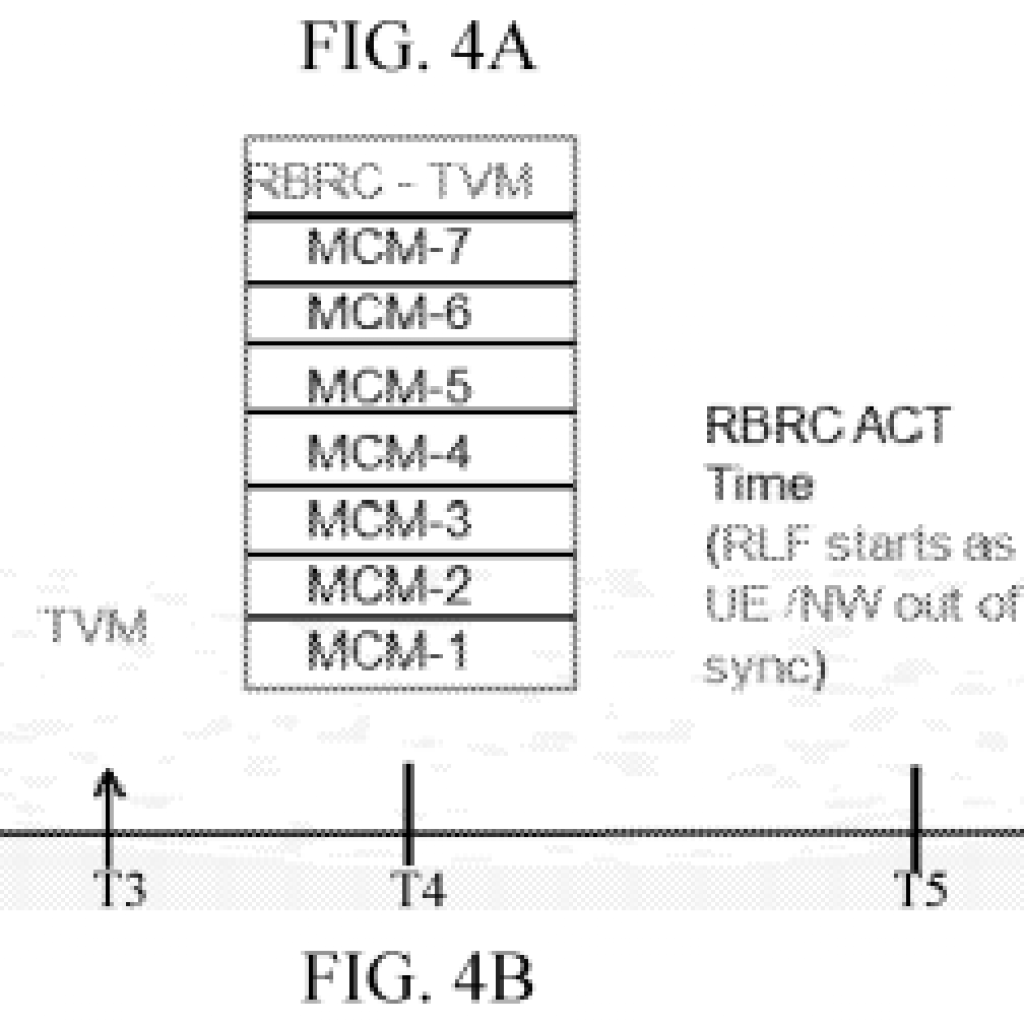The patent community has been facing a few prevalent issues recently. On 20th April, the USPTO unveiled the Patent Center in beta version to address those issues.
The main highlights of this Patent Center include:
- A single interface for electronic filing and management of patent applications;
- The release of the Image File Wrappers (IFWs) and more.
You can check out all the features of the Patent Center here.
Here’s a quick preview of the Patent Center.
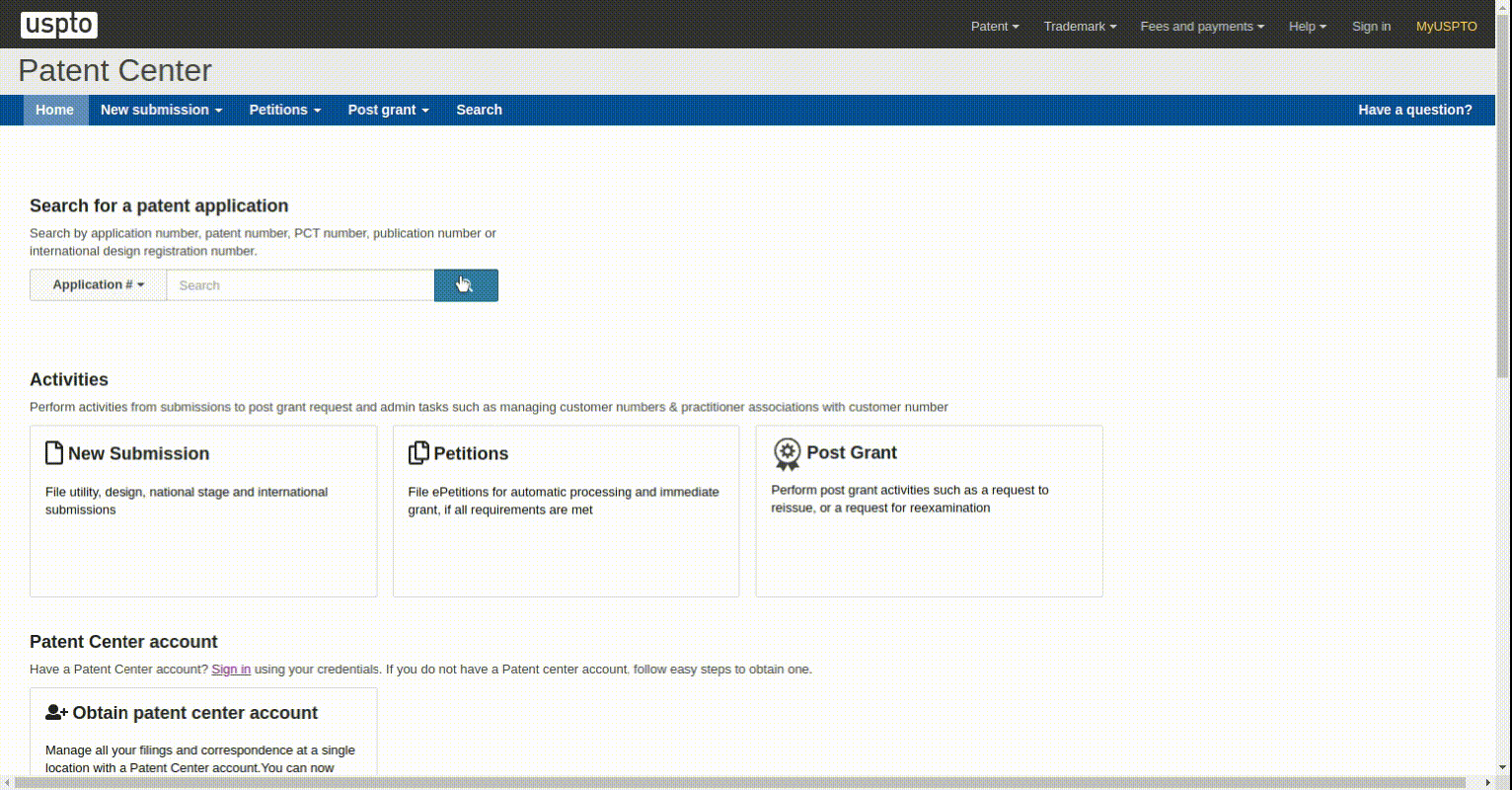
However, in our brief time together today, we will discuss and emphasize more on the IFWs aspect provided by the Patent Center.
One might ask – Why does Image File Wrappers matter and how is this relevant to me?
To better understand this, we need to time travel to the past and understand the sources/tools that provide this functionality, their list of pros and cons, and the events that led to this.
The Evolution of USPTO Tools
Public PAIR was the primary source of image file wrappers until now, but it had many problems. For instance, whenever I used to type the link on my browser or Public PAIR, I always prayed that it would work. However, even if it worked, it would sometimes be too slow. Also, there’s the pain of answering the annoying CAPTCHA.
Global Dossier is an alternate source of the image file wrappers that does not have CAPTCHA issues. However, its availability depends on the Public PAIR, and sometimes, it does not have the latest data. Another problem is that you are supposed to download each office action separately, as there is no functionality to download all the IFWs of an application in a single click.
Reed Tech: USPTO outsourced the responsibility to make the IFWs available to the public domain to Reed Tech. The idea was to enable the easy download of file wrappers in bulk. However, it has serious download speed issues, which caused major software companies to scrape the USPTO PAIR to build their own repository.
Google Patents – not a USPTO tool but pretty useful– has packaged USPTO Public PAIR data in bulk till 2012 and made it available to the public at no charge. It has also mirrored the public PAIR data sets from Reed Tech until 2015.
Open Pair Initiative
The pain of this missing data was so huge that thought leaders across the industry came together to build the Open Pair initiative. This initiative addresses all these problems and suggests short-term and long-term action to the USPTO while offering to extend support to achieve the vision. Thomas D. Franklin (CEO of Triangle IP) and Chakshu Kalra (Director at GreyB), along with other CEOs and directors of leading IP companies, were part of this initiative.
The Open Pair group also discussed this issue of accessing the pair data openly with the USPTO at a conference. The Open Pair Initiative also sent a letter to the USPTO requesting a change. You can find a copy of the open letter shared by the industry leaders here.
USPTO Patent Center – The Ultimate Solution
Recognizing the industry’s needs, the USPTO introduced the beta version of the Patent Center to address some of the earlier problems highlighted by the Open Pair Initiative.
The USPTO Patent Center is a unified interface that provides electronic filing and management of patent applications. The data points provided by the interface are:
- Application Data – contains the bibliographic information of a patent
- Documents & Transactions – contains the prosecution history of the patents and IFWs associated with it. Most importantly, CTNF/CTFR files are also available in DOCX and XML format.
- Parent and Child Continuity Data
- Patent Term Adjustment
- Foreign Priority
- Fee Payment History
- Address & Attorney/Agent Information
- Supplemental content – contains all the patent drawings, chemical structures, mathematical formulae, or any other miscellaneous document submitted by the applicant.
- Assignment Data
- References – contains all the US-cited references and PDF copies of the reference forms.
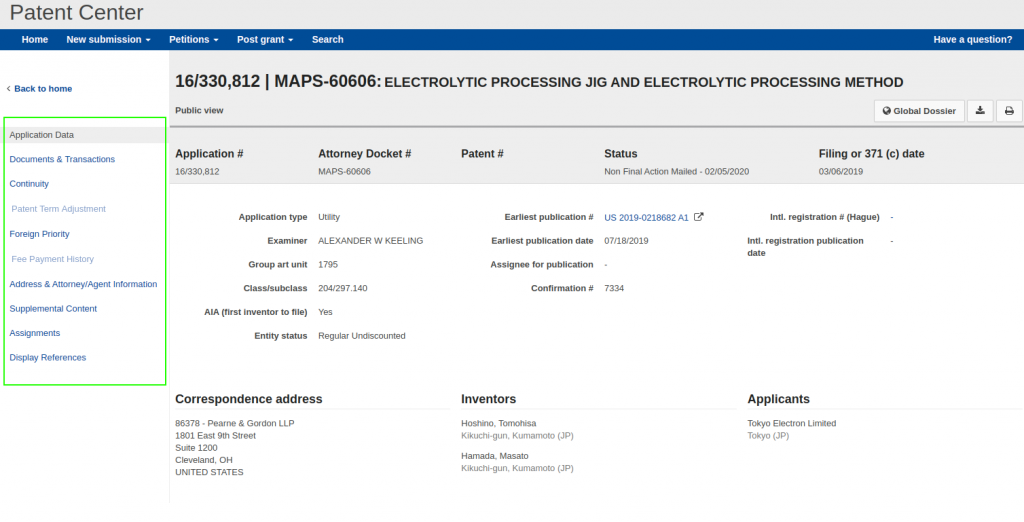
That is a sneak peek into the patent center. However, the question some of you might have had earlier is still unanswered. Let’s get down to business and answer it.
Are Image File Wrappers important?
With 10+ years of experience at GreyB on products, we have spent a fair share of our time analyzing the IFW data and providing solutions based on this data. We have also seen many individuals focused on patent bibliographic and assignment data and spinning tools out of it.
On the contrary, less work is done on the Image File Wrappers. We can confidently say that IFWs if analyzed carefully, can generate powerful insights that can help IP professionals monetize their patents and improve the quality and cost of patent prosecution.
All these factors will eventually help in driving innovation.
Rejection Files (CTNF/CTFR) in DOCX & XML
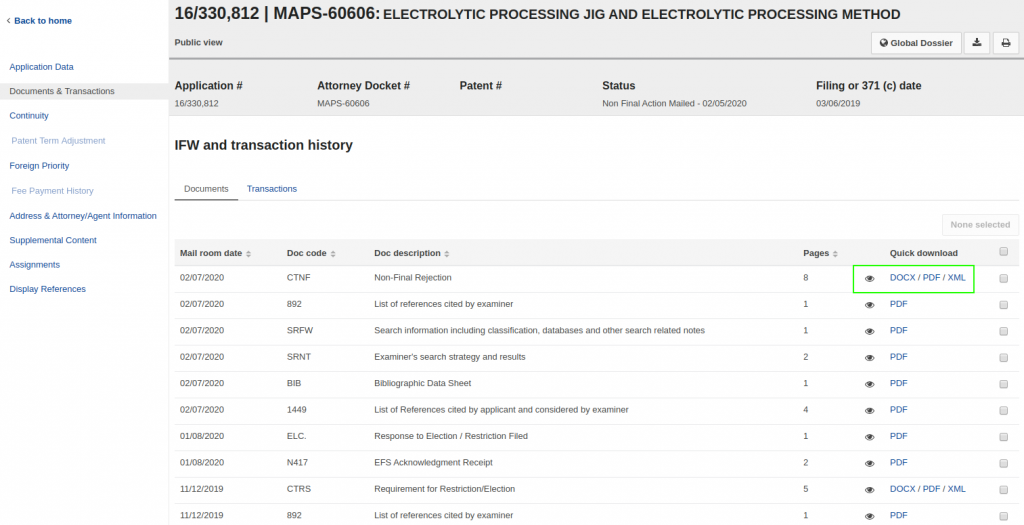
While we’re at it, let me explain the power of rejection files, another feature of the Patent Center.
We at GreyB recently developed a product BOS to help the sales teams reach out to prospective clients for licensing/selling their patents.
Briefly, BOS leverages the rejection and citation data to find those patents that have received a rejection (102/103 type) due to one of your patents and more.
But is it possible to tell the extent of the rejection? Yes, it is!
We are already deep-diving into this data using simple Natural Language Processing (NPL) techniques. BOS can tell the extent of the rejection, i.e., how powerful a rejection is and the number of claims affected by the rejection.
“The deeper we go in the data, the more powerful are the insights!”
Promoting Innovation
With this new USPTO release, we can now leverage the full transaction history of the patent. This is amazing in the sense that we can see how the applications evolved during the prosecution cycle. The USPTO does a good job of keeping track of the invention’s evolution once it’s filed. But we have observed a void when it comes to grooming ideas and promoting innovation within teams. As a technology-first company, we believe technology can enable us to solve these problems.
Now imagine a situation where you don’t have access to the transaction and IFW but to the complete idea evolution before it was even filed to the PTO. What was the initial invention, and how was it groomed over time before it reached PTO’s doorsteps? Triangle IP has end-to-end innovation tracking from capture to patent by leveraging IFW to manage the entire lifecycle for each patent in your portfolio. For more details on the tool, you can contact them here, and their team will get in touch.
Roadmap
Patent Center’s beta version provides open access to Public PAIR records without login or CAPTCHA. This ambitious project of USPTO will eventually replace the slow Public PAIR, Private PAIR, and EFS-Web with this new fast and robust system. USPTO is also encouraging external users and stakeholders to provide feedback and incorporate additional features based on the feedback.
Here is the timeline shared by USPTO:
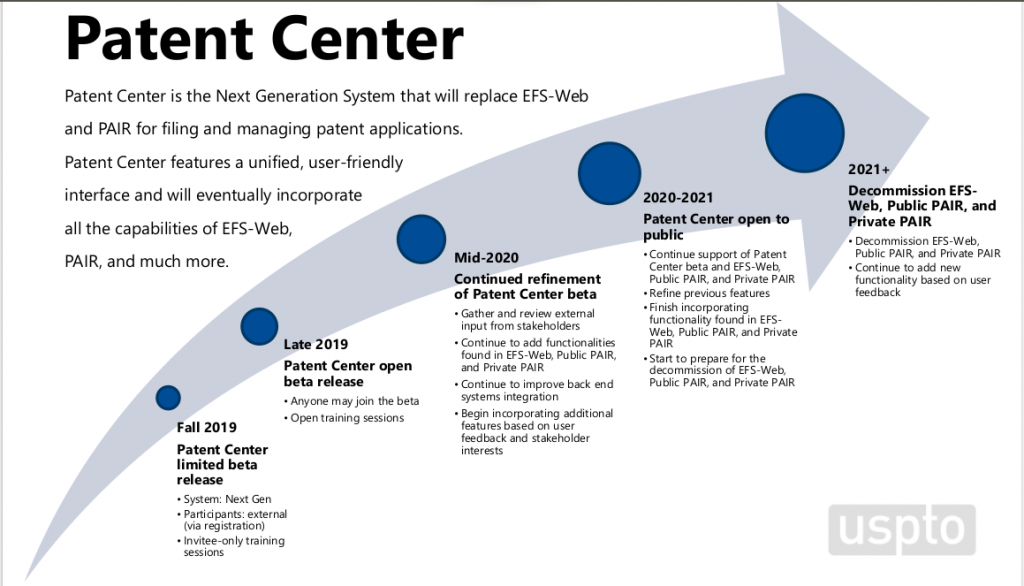
With this development, the future looks good for all the stakeholders!
Conclusion
The Patent Center by the USPTO can be a giant leap for the patent industries. The release of the IFW and prosecution data has given the data engineers at patent industries enough to play around and find the best. It will be very interesting to watch how things will progress in the near future.
We at GreyB are open to any kind of discussion/feedback related to this, and are just one click away from you.

Authored by: Gaurav Neema and Anmol Sani, Product Development.








